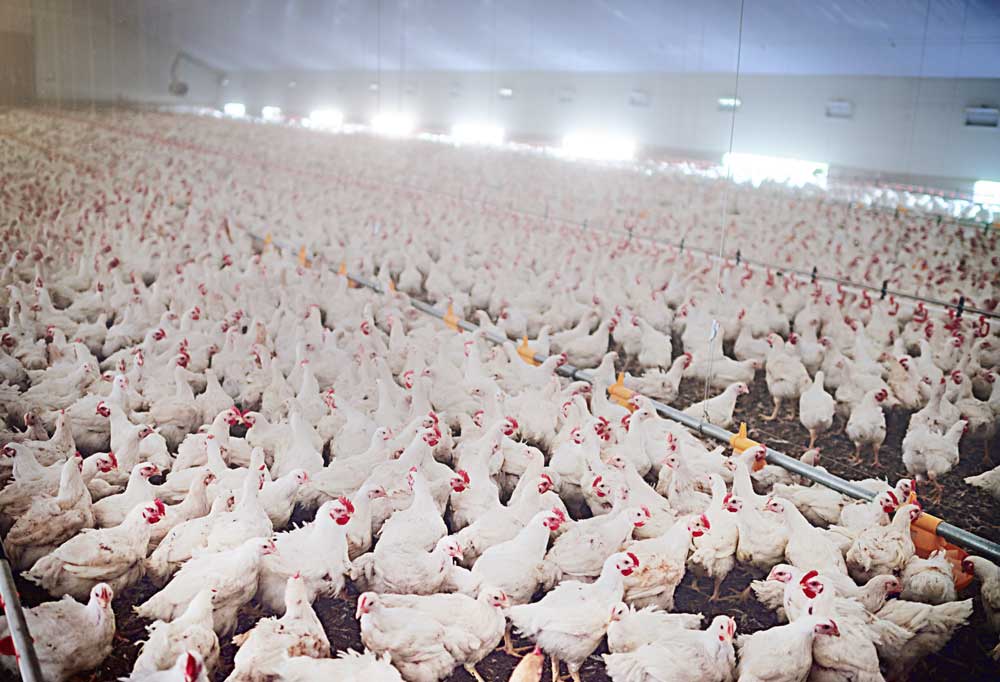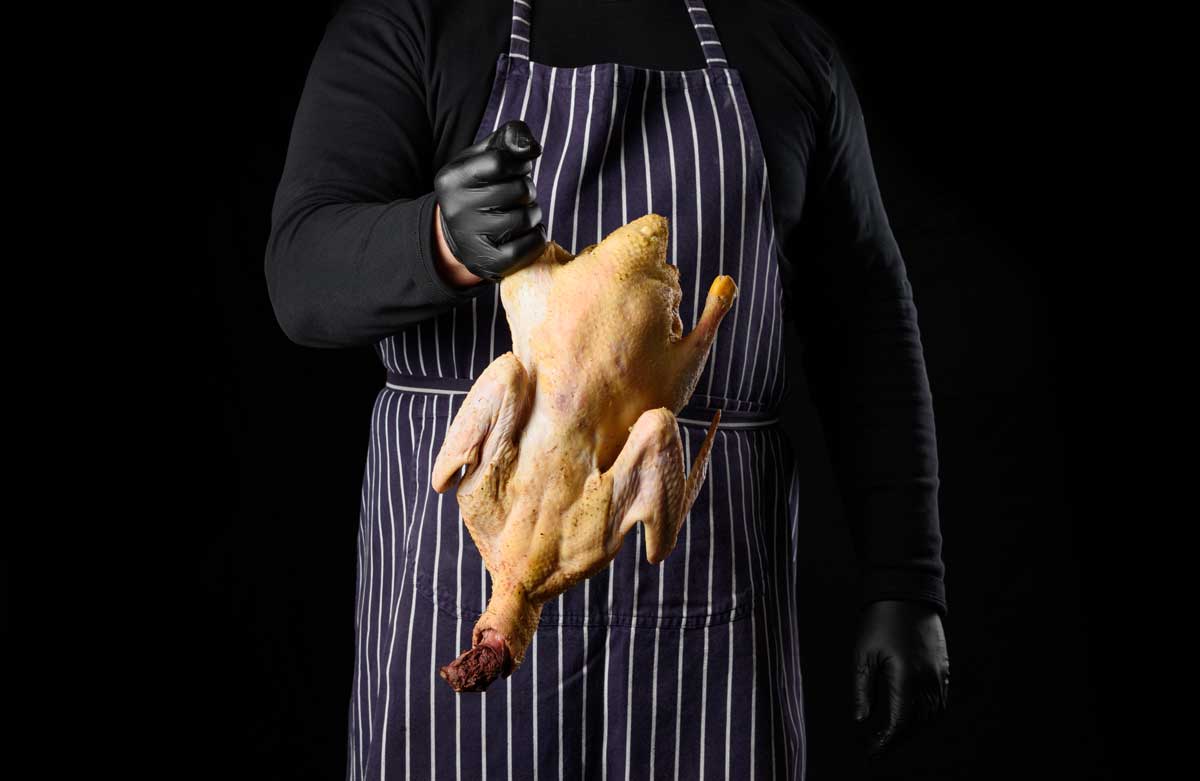While many assume chicken has been a dietary staple throughout history, evidence suggests otherwise. Around 10,000 years ago in Southeast Asia and China, fowl were bred for cockfighting rather than consumption. However, recent findings indicate the earliest instances of chicken consumption occurred in Israel around 400 to 200 BC. Additionally, large-scale consumption in Europe didn’t emerge until around 100 BC, lagging behind Israel by at least a century.
Over the span of two millennia, chicken consumption has skyrocketed. Marketed as a “healthy” protein source, chicken has become immensely popular, with Europe alone slaughtering approximately 12 billion chickens annually. Globally, the chicken population is estimated to exceed 33 billion.
The $350 billion (the value of the global industry) question is, is chicken meat truly as healthy as the industry is marketing it?

Cholesterol
Physicians Committee for Responsible Medicine state that “chicken also raises cholesterol levels”.
The Human League UK states as follows: “No matter how you prepare it, chicken meat contains high levels of cholesterol and carcinogens, which are harmful to health.” It doesn’t end there! On bacteria they state, “Studies have shown that significant percentages of chicken meat sold is contaminated with Salmonella and Campylobacter. When consumed, these can cause minor to severe illness in humans.”
Indeed, research backed by the National Institutes of Health (NIH), the leading medical research body in the US, reveals that both red and white meats elevate cholesterol levels. Published in the peer-reviewed American Journal of Clinical Nutrition, the study contrasts beef, pork, chicken, and turkey with plant-based protein sources. It concludes that all animal meat types elevate LDL (“bad”) cholesterol to a similar extent compared to vegan protein sources.
Is chicken a carcinogen?
Some studies have associated poultry consumption with an increased cancer risk. One investigation examined 100 grilled chicken samples from prominent California restaurant chains, such as McDonald’s and Burger King, revealing the presence of PhIP, a known carcinogen linked to breast, prostate, and other cancers. In 2019, another study delved into the relationship between meat consumption and cancer risk.
Analysing data from nearly half a million individuals in the UK, researchers identified correlations between poultry intake and prostate cancer, as well as non-Hodgkin lymphoma. Similarly, a study involving over 400,000 European subjects hinted at a potential link between poultry consumption and non-Hodgkin lymphoma.

Additional research suggests that elevated poultry intake, particularly during adolescence, could potentially heighten the risk of thyroid cancer. Furthermore, the progression of prostate cancer may be influenced by the consumption of poultry, specifically with the skin included. Despite these findings, further research is warranted to fully understand the impact of poultry on cancer development.
Bird Flu
Clearly the world has not learnt much from COVID19 pandemic. Bird flu has been sweeping the globe, sparking headlines that warn of heightened pandemic risk. In 2022, avian flu led to the death of more than 52 million birds – a significant number of whom were chickens.
Currently, bird flu infection is rare in humans, but not impossible. Since 2003, more than 860 humans have contracted it, and more than half died from the illness. Back in February 2023 The Telegraph reported that ” This morning, the world woke up to some unsettling news. According to the UK Health Security Agency (UKHSA), the H5N1 “bird flu” virus – a lethal pathogen which has killed hundreds of millions of birds around the world – has turned up in mammals, including foxes and otters in Britain.”
WHO states that humans can be infected with avian, swine and other influenza viruses, currently circulating zoonotic influenza viruses have not yet demonstrated sustained person-to-person transmission. Some state that it is only a matter of time and that the virus not only jumps from bird to human but starts transmitting directly between humans. Hundred of millions of birds have uselessly died as a result of bird flu, being gassed to death in farms across the world to maintain this $350 billion industry.
White stripping
Essere Annimali (from Italy) currently has a campaign on white stripping in 90% of chicken breast meat in an food discount chain Italy. Human League UK describe white stripping in chicken as “a muscle disease that affects about 85% of factory-farmed chicken. It reduces the nutritional value of the meat by increasing the fat content. Studies have found a 224% fat content increase, a 9% protein decrease, and a 10% collagen increase when comparing normal breast muscle with those severely affected by white striping. Fat calories are also impacted, increasing from 7% to 21%, and there is a deficiency of some essential amino acids. So not quite the healthy option some may be seeking.”
One other major issue with chicken farming, comes as a result of the way these animals are raised. These animals are raised in crowded and dirty conditions making these places a breeding ground for disease. The result is a constant use of antibiotics which increases the risk of antibiotic resistance.
What can you eat instead of chicken?
Tofu which is a complete source of protein. Seitan is also a popular choice with high protein content than tofu (yet not ideal for those who are gluten intolerant). Beans and lentils are other options and also very healthy choices. There also are nuts as an alternative source of protein.


